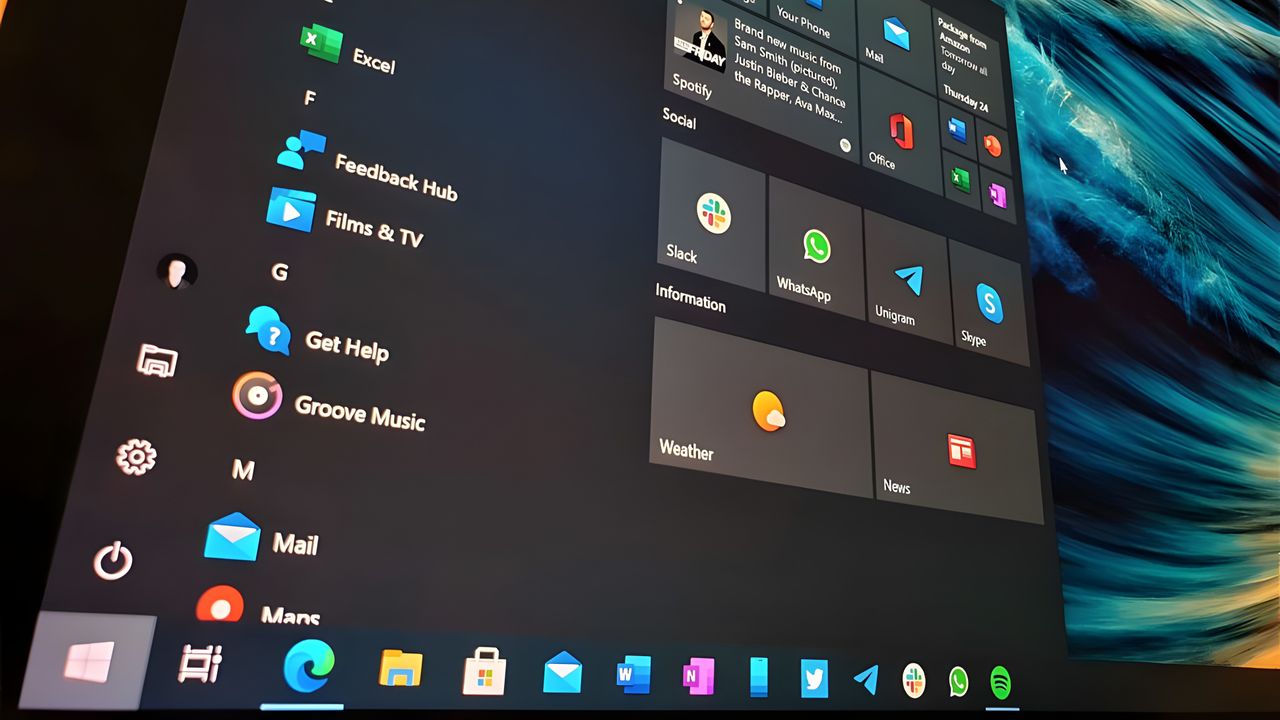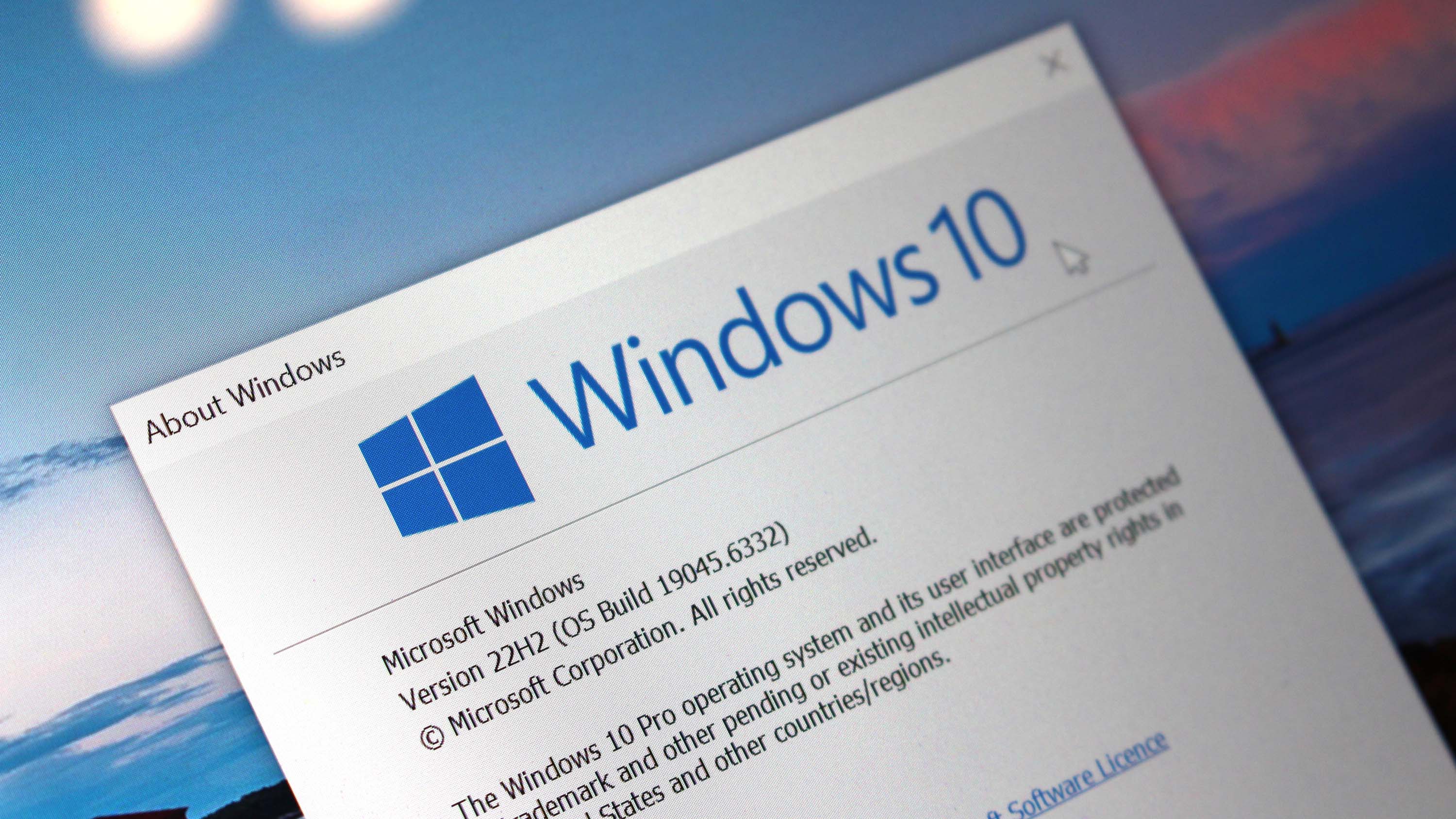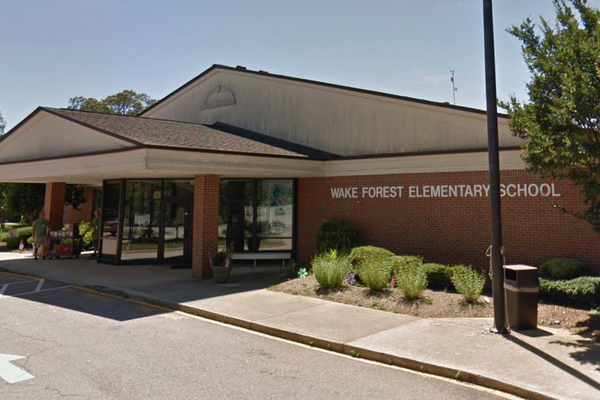
The end is nigh. In less than a week, Microsoft is poised to cut support for Windows 10. The tech giant has doubled down on its campaigned designed to urge users to upgrade to Windows 11. And as it seems, the strategy might be working, as Windows 11 surpassed Windows 10 as the most dominant desktop operating system in the world in July, with 50.88% of the Windows market share.
Users have cited Microsoft's stringent hardware system requirements and flawed design elements as the main issues preventing them from upgrading to Windows 11. While the operating system has seemingly gained some traction, Windows 7 gained almost 10% market share in the last month as Windows 10's end-of-life approaches.
This might just be an anomaly, but the timing is impeccable and could be a subtle hint that users would rather give Windows 7 another try, despite Microsoft ending support for the operating system, including ESU updates, than upgrade to Windows 11
While the chances of Microsoft reconsidering its decision to cut support Windows 10 seems highly unlikely, the Public Interest Research Group (PIRG) isn't letting up. It is doubling down in its efforts on its petition, urging Microsoft to extend support for Windows 10 beyond October 14, 2025.
The group claims Microsoft's "End of 10" move could render up to 400 million PCs obsolete, leading to a huge spike in electronic waste coupled with increased cybersecurity threats.
Until now, Windows 10 users have had a limited number of options to consider once Microsoft ends support for the operating system. They can enroll in Microsoft's Extended Security Updates (ESU) program for free by syncing their PC settings to the cloud via a Microsoft Account, or pay $30 or 1,000 Microsoft Reward points.
However, it's worth noting that the software giant backtracked the move for users in the European Economic Area. But as PIRG puts it, "Some customers will bite the bullet, and purchase new computers to replace devices that lose support (as Microsoft recommends)."
But what happens if you can't afford a new device that supports Windows 11?
Windows 10's EOL (end of life) will widen the digital divide

There's a high chance that many users are stuck in limbo, struggling to decide whether to upgrade to Windows 11. Microsoft's programmed obsolescence, Windows 11's strict hardware requirements and flawed design elements, and the ESU's last-minute "snooze button," which merely delays the inevitable by 12 months, have only complicated the issue further.
According to PIRG, Microsoft pulling the plug on Windows 10 will have a major impact on older devices than expected, widening the digital divide gap (refers to the gap between households with and without a capable device and internet access).
For context, a 2021 Census survey revealed that approximately 20% of American households don't have a PC. This phenomenon is consistent across rural and impoverished areas, which are predominantly populated by seniors and the disabled. Capable devices connected to the internet helps them access their social security for digital health resources and communication.
PIRG argues that Windows 10 was released as a free update for Windows 7 and Windows 8 users in 2015 with minimum specifications that supported 10-year-old processors.
But when Windows 11 was released in 2021, its list of supported computers was astonishingly short. The oldest supported machines, running eighth-generation Intel Core processors and second-generation AMD Ryzen processors (with a handful of exceptions), had just been released three to four years before then.
PIRG
Up to 40% of Windows PCs across the globe are still running Windows 10. What's more, these devices are fully functional, the only problem is that they don't meet Microsoft's strict hardware requirements for Windows 11.
According to Eric Faber, a Digital Navigator:
“A growing amount of people… have a computer that otherwise functions perfectly fine and is usable for all of their purposes, But they are being told by their computer that they need to upgrade, and they can’t [afford to] upgrade.”
To that end, it's still unclear whether Microsoft will let up and reconsider its decision to end support for Windows 10 and extend free, automatic support for the operating system beyond the cutoff date.
In the interim, The Restart Project group, which helped co-develop the "End of 10" toolkit to support Windows 10 users who can't upgrade to Windows 11, says Microsoft's move to continue pushing security updates to Windows 10 beyond its end-of-support feels like a last-minute snooze button, which only acts as a band-aid on a bleeding system. It's also calling on the political class to support.
Similarly, a group called End of 10 has been pushing for users to transition to Linux as Windows 10's end-of-life approaches. The campaign encourages steadfast Windows 10 users to ditch the Windows ecosystem entirely and switch to a version of Linux on any outdated devices, using a lack of ads and telemetry tracking as the key selling points to get users to move over.

Follow Windows Central on Google News to keep our latest news, insights, and features at the top of your feeds!







